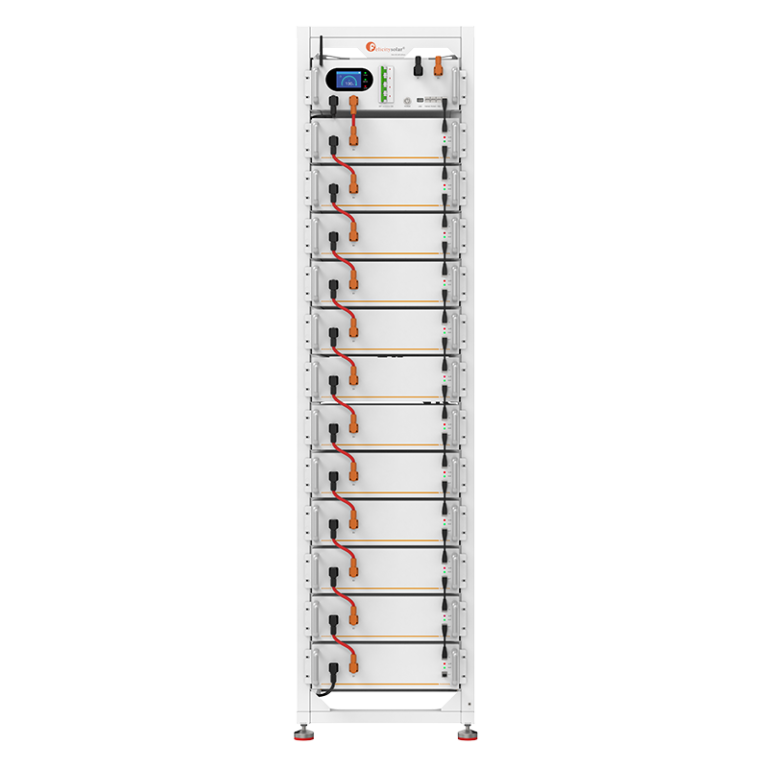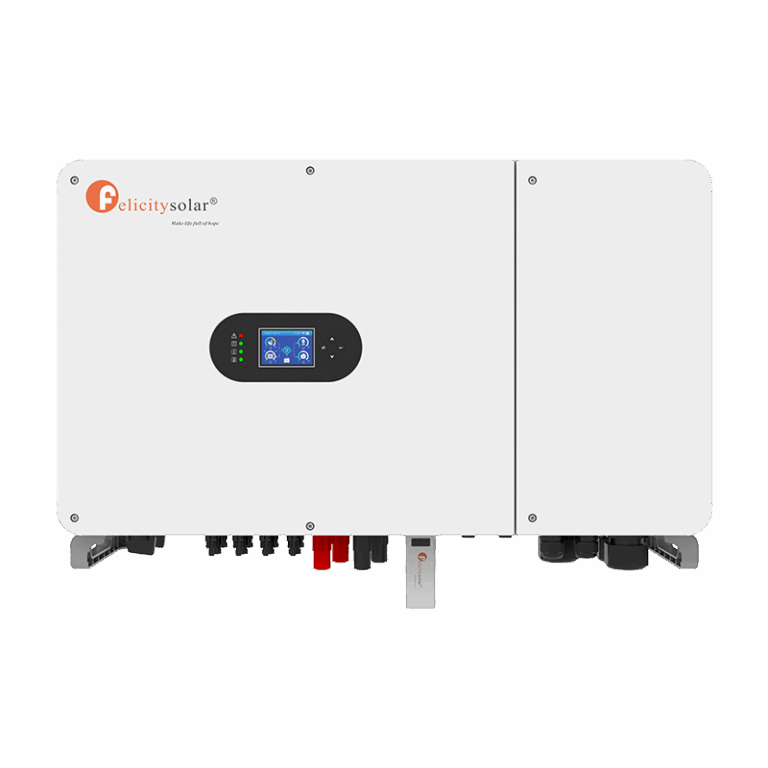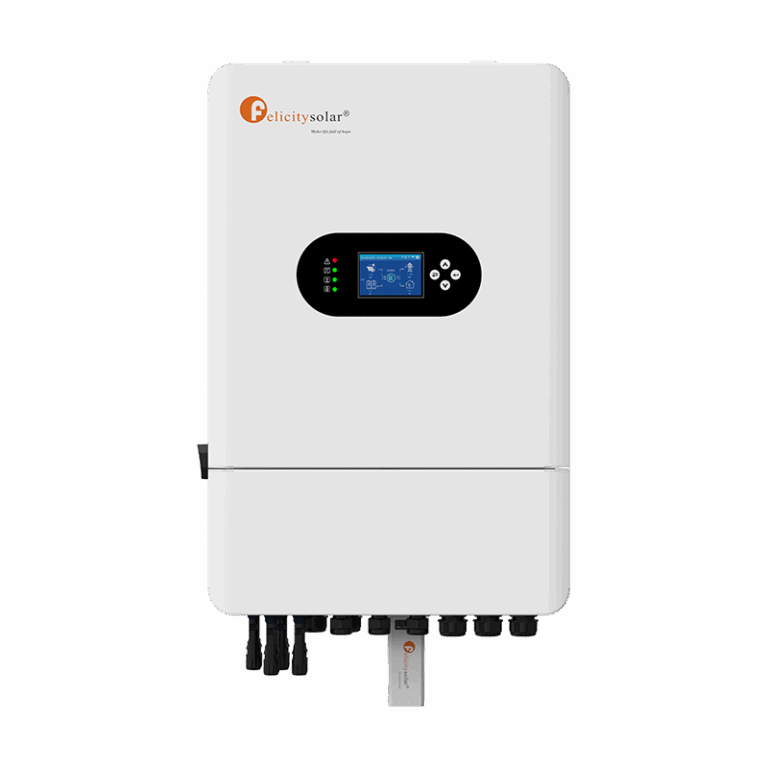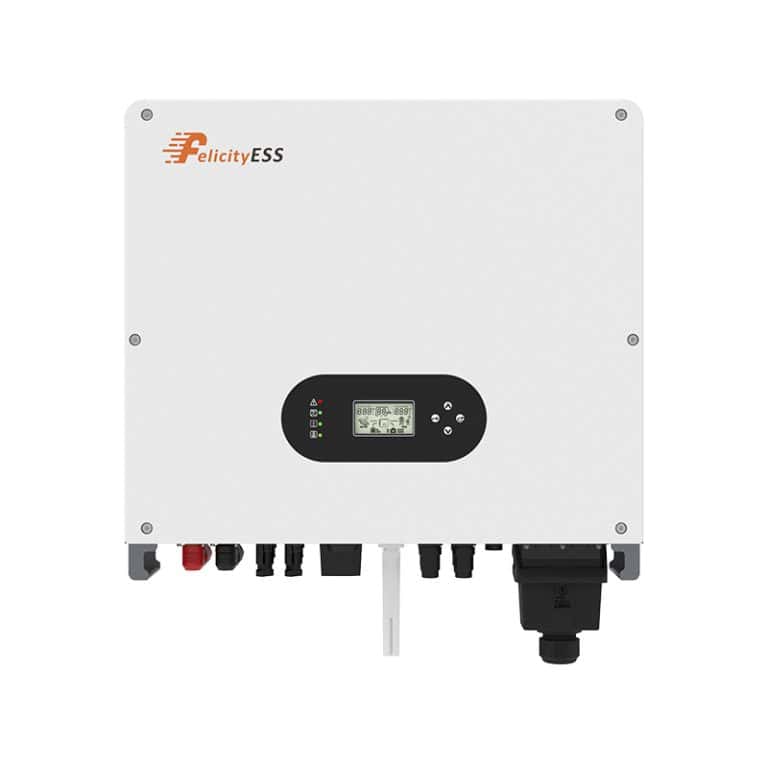Le temperature fredde rappresentano una sfida significativa per le prestazioni e la longevità della batteria al litio. Che si tratti di alimentare gli smartphone, veicoli elettricio dispositivi esterni, le celle agli ioni di litio mostrano un comportamento alterato se esposte a basse temperature ambiente. Questo articolo esplora i meccanismi sottostanti, gli impatti nel mondo reale in varie applicazioni e le strategie pratiche per mitigare gli inconvenienti del freddo.
1. Perché il clima freddo influisce sulle batterie al litio
1.1 Reazioni elettrochimiche rallentate
Il cuore di ogni batteria al litio è il movimento degli ioni di litio tra l'anodo e il catodo attraverso un elettrolita liquido. Quando la temperatura diminuisce, la viscosità dell'elettrolita aumenta e la mobilità ionica diminuisce. Di conseguenza, la cinetica delle reazioni di carica e scarica rallenta, riducendo la capacità della batteria di erogare corrente in modo efficiente.
1.2 Capacità utilizzabile ridotta
Temperature più basse riducono la capacità effettiva della batteria. Ad esempio, una cella con capacità nominale di 100% a 25°C può fornire solo circa 50% di tale capacità a –18°C. Le tipiche celle da 1950 mAh potrebbero mantenere la capacità 92% a 0°C, ma scendere a 80% o meno a –20°C. In termini pratici, una batteria del telefono da 3000 mAh potrebbe produrre solo circa 1500 mAh in condizioni di gelo.
1.3 Aumento della resistenza interna e autoscarica
Quando la temperatura diminuisce, la resistenza interna delle celle al litio aumenta, portando a una maggiore perdita di energia sotto forma di calore durante la carica e la scarica. Inoltre, la velocità di autoscarica può accelerare in ambienti freddi, causando la perdita di energia immagazzinata nelle batterie anche quando sono inattive.
2. Effetti del freddo nelle varie applicazioni
2.1 Dispositivi mobili
Smartphone e tablet fanno affidamento su correnti di scarica elevate per attività come navigazione GPS, riproduzione video e giochi. Quando fa freddo, la caduta di tensione sotto carico può attivare avvisi di batteria scarica o spegnimenti imprevisti. Gli utenti spesso riscontrano un rapido esaurimento della batteria e una ridotta reattività del dispositivo.
2.2 Veicoli elettrici (EV)
I pacchi batteria dei veicoli elettrici, nonostante la loro grande capacità, non sono immuni dalle conseguenze del freddo. I conducenti possono notare perdite di autonomia di 20%–30% in condizioni di freddo moderato e in condizioni estreme (sotto –20°C), l'autonomia può diminuire di oltre 30%. Anche i tempi di ricarica aumentano, poiché il sistema di gestione della batteria deve riscaldare le celle a una temperatura sicura prima che possa iniziare la ricarica rapida. Nel corso di cicli freddi ripetuti, l'invecchiamento accelerato può peggiorare ulteriormente le prestazioni della confezione.
2.3 Attrezzature da esterno e portatili
Le action cam, gli altoparlanti portatili e le unità GPS portatili utilizzate negli sport invernali o nelle spedizioni remote soffrono di problemi simili. Le batterie si scaricano più rapidamente, riducendo i tempi di registrazione o di funzionamento e causando potenzialmente il guasto di dispositivi critici quando maggiormente necessari.

3. Strategie per mitigare gli effetti del freddo
3.1 Gestione termica e isolamento
- Elettronica di consumo: Utilizza custodie isolate, impacchi caldi o semplicemente tieni i dispositivi vicino al corpo (ad esempio, nella tasca interna della giacca) per sfruttare il calore corporeo.
- Veicoli elettrici: Precondizionare la batteria tramite il climatizzatore dell'abitacolo o sistemi di riscaldamento dedicati prima della partenza. Anche parcheggiare in garage o al coperto aiuta a trattenere il calore residuo.
3.2 Abitudini di utilizzo ottimizzate
- Limitare le attività di scarico elevato all'aperto: Evitare registrazioni video prolungate, giochi o altre attività ad alto consumo energetico quando le temperature sono basse.
- Tariffazione per veicoli elettrici a terra: Collegalo quando parcheggi per consentire il riscaldamento graduale e programma le sessioni di ricarica affinché finiscano subito prima della partenza per massimizzare l'energia utilizzabile.
3.3 Selezione di prodotti chimici tolleranti alle basse temperature
Alcuni prodotti chimici delle batterie al litio offrono prestazioni superiori in climi freddi:
- Titanato di litio (LTO): Presenta un'eccellente ritenzione della capacità a bassa temperatura e una durata del ciclo molto elevata, anche se a costi più elevati e a una densità di energia inferiore.
- Elettroliti modificati: Additivi e cosolventi possono abbassare il punto di congelamento e mantenere la mobilità ionica, migliorando le prestazioni fino a –20°C o meno.
4. Monitoraggio e Manutenzione
- Sistemi di gestione della batteria (BMS): Assicurati che i tuoi dispositivi o veicoli dispongano di firmware aggiornato che ottimizzi gli algoritmi di controllo termico.
- Controlli sanitari regolari: Testare periodicamente la capacità della batteria a varie temperature per monitorare l'invecchiamento e pianificare le sostituzioni prima che si verifichino guasti critici.
Conclusione
Comprensione "batteria al litio Il comportamento a basse temperature" è essenziale per chiunque faccia affidamento sull'energia portatile o veicolare in ambienti a bassa temperatura. Comprendendo i meccanismi elettrochimici, riconoscendo gli impatti specifici dell'applicazione e adottando una gestione termica strategica, abitudini di utilizzo e scelte chimiche, è possibile mitigare le perdite di prestazioni ed estendere la finestra operativa dei dispositivi alimentati al litio.








